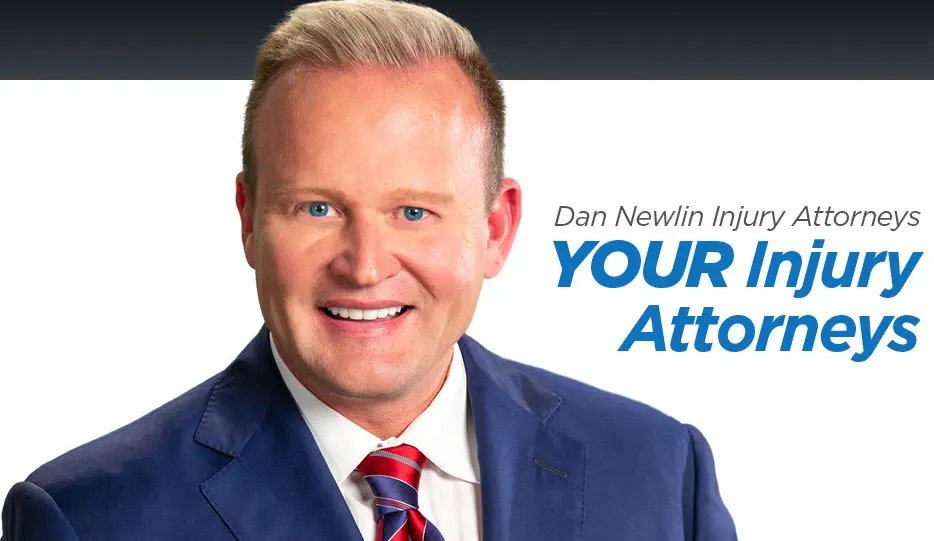FAQ's: Your Questions Answered
FREE CONSULTATION
I was involved in a car accident and my back hurts. Could I have a spine injury?
A simple answer to this question is yes. The spine is a complex combination of bone, tissue, and nerves located in your back that runs from the base of your skull to your tailbone. It is comprised of three major component groups, 1) the vertebrae, which is the hard, bony part most commonly recognized as the skeleton, 2) intervertebral discs, or soft tissue, which acts as “shock absorbers” cushioning the vertebrae when you twist and turn, and 3) nerves, which run the length of the spine, and are often referred to as the “spinal cord”. While it is not uncommon to sustain an injury to the vertebrae and spinal cord, the majority of auto accidents result in a soft tissue, or disc injury.
There are three main areas of the spine that contain discs: cervical (neck), thoracic (ribcage) and lumbar (lower back). A disc is like a jelly donut, made up of a hard, outer shell, and a thick, gelatin like center. The outer shell is called the annulus fibrosis. It is similar to a radial tire, having vertical, horizontal and diagonal bands that provide support and structure for the soft interior. The gel-like substance inside the annulus fibrosis. The gel-like center allows for flexibility, to a certain degree, when the spine (vertebrae) flexes and moves. When the movement is too extreme, such as when the body is subjected to the sudden trauma of an auto accident, the gel may thrust into motion by the force of impact and exert undue force on the annulus fibrosis causing a the shell of the annulus fibrosis to bulge, tear or herniate (rupture, or leak). The resulting bulge, tear or herniation may result in pressure being exerted on a nerve in the spinal cord which may result in pain, numbness or tingling sensations. Since the nerve ending may run a great distance from the location of the actual bulge, tear or herniation, the resulting sensation may appear in an area other than the actual disc injury. Surprisingly, you may have a disc injury in the cervical area and feel little, or no pain in the neck, but feel shooting pain down the arm or in the fingers. Similarly, an injury to the lumbar region can cause sensations down the leg and as far as the toes. Although disc and vertebrae damage can contribute to spinal cord dysfunction, broken bones and herniations are not necessarily the cause of spinal cord injuries, and usually, have a greater chance for recovery through therapy, or in more extreme injuries, surgery.
If you have been involved in an accident that resulted in a TBI of spinal column injury, the injury and necessary treatment can be significant and confusing. What rights and benefits you may be entitled to can be equally confusing. You need the advice and counsel of an attorney that has experience with TBI and spinal injuries, is aggressive and not afraid to fight with the insurance company to secure everything you deserve. Dan Newlin Injury Attorneys are such attorneys. Call Dan Newlin Injury Attorneys for a free consultation and learn about the complex area of the law surrounding TBI and spine injuries. Insurance companies have attorneys whose job is to give you as little as possible to settle your injury claim. You need an attorney by your side to help you receive all you are entitled to compensate you for your medical bills, pain, and suffering. Please call Dan Newlin Injury Attorneys right away at 800-257-1822. You will be glad you did.









